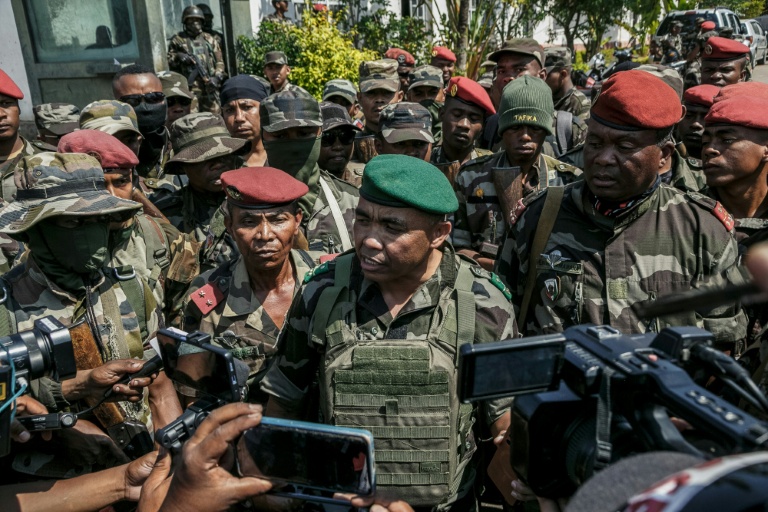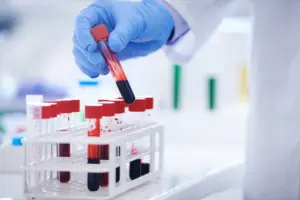
URGENT UPDATE: A significant military presence joined thousands of anti-government protesters in Antananarivo on Saturday, escalating tensions across Madagascar. Demonstrators are demanding that security forces “refuse orders to shoot,” condemning harsh police actions that have occurred during more than two weeks of youth-led protests ignited by severe power and water shortages.
The protests reached a critical point as soldiers from the CAPSAT contingent rode into the city, receiving cheers from the crowds. This unprecedented move marks one of the largest mobilizations since the protests began on September 25, 2023. Prime Minister Ruphin Fortunat Dimbisoa Zafisambo addressed the nation, stating that the government is “standing strong” and “ready to collaborate” with all sectors, including the military and trade unions.
In a video statement, Zafisambo warned, “Madagascar will not be able to withstand any further crises if this division among the people continues.” Meanwhile, the presidency confirmed President Andry Rajoelina remains “in the country” and actively managing national affairs despite the growing unrest.
As the demonstration unfolded, police employed stun grenades and tear gas in an attempt to disperse the crowd of thousands. However, the soldiers’ arrival shifted the atmosphere, allowing demonstrators to gather at the symbolic Place du 13 Mai in front of the city hall.
According to reports from CAPSAT Colonel Michael Randrianirina, police fired upon the military during their approach, resulting in one soldier’s death and injuries to a journalist. “For all those who sent the gendarmes here… they must leave power,” Randrianirina asserted.
Emergency services reported two dead and 26 injured during Saturday’s clashes, with gunfire and explosions echoing through the city as night fell. The military’s public support for the protesters is pivotal, as they urged their fellow security forces to “refuse to be paid to shoot our friends, our brothers, and our sisters.”
The Gen Z movement spearheading the protests reiterated their demands for Rajoelina’s resignation and called for a “democratic national dialogue” alongside “universal access to essential services.” Protester Lucie, 24, expressed the sentiments of many when she stated, “We don’t have any weapons… and now, we really feel a sense of pride.”
The United Nations has reported at least 22 fatalities in the initial days of the protests, a figure disputed by Rajoelina, who claimed only 12 deaths were confirmed, labeling the deceased as “looters and vandals.” Despite his recent cabinet reshuffle on September 30, which included appointing an army general as prime minister, the unrest continues to grow.
As the situation remains volatile, observers are urged to stay informed of developments. Protesters are demanding immediate action as they call for an end to the current government’s leadership. The world watches closely as Madagascar faces a critical juncture in its political landscape, and the potential for further upheaval looms large.
Stay tuned for further updates on this developing story.





